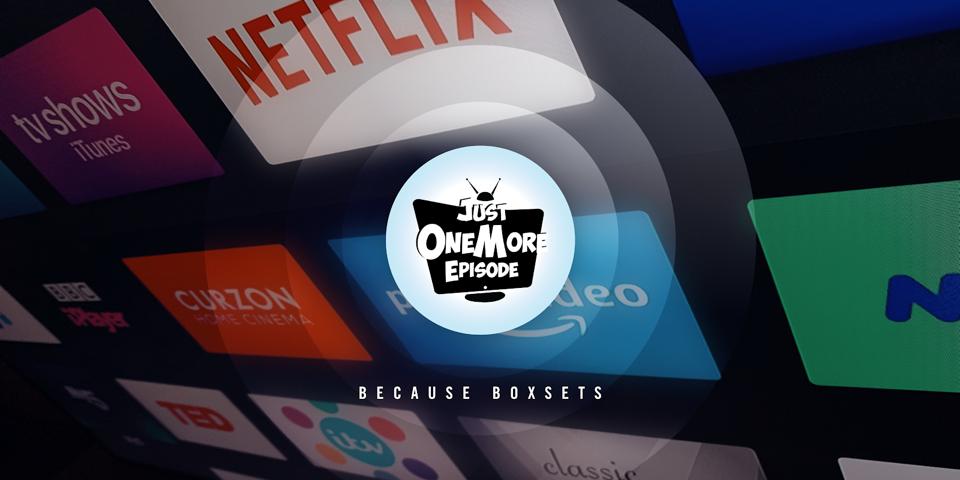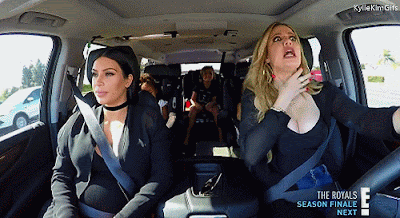People often ask me what do you do with yourself when you’re
visiting Rome with pals but some of them have come over from China and
therefore need afternoon naps to cope with the jetlag but you don’t sleep in
the day because you wear contacts and are a machine? The answer is simple: I watch The IT Crowd on the AirBnB’s Netflix account. Part of my aversion to day-sleeping comes
from a quality instilled in me by my mother that all time must be productive,
otherwise I might have indulged in the slumber too. In fact, given my penchant for early starts
(5.30am on weekdays everybody) my body does shutdown if I am inactive for 45
minutes or more. This makes afternoon
meetings at work a huge no go, unless it’s me doing the talking, otherwise my
plan just to shut one eye at a time so I’m only half giving into hibernation routinely
results in nearly missed faceplants on company furniture. Luckily I’m known for looking bored in all
meetings, so this behaviour is part of a professional reputation I’ve spent
over ten years building. Secretly, I
hear and remember all things (thank you, Asperger’s).
But yes, this well-loved sitcom (that ran 2006 to 2013) which
I had never really seen before, despite getting halfway through the first
season several times, proved to be one of the highlights of Rome. Don’t worry – I had been before in 2005. We did all the things, even spotting the then
Pope (the former Nazi one, which reflects all my views on organised religion
perfectly), not to mention me being stopped by elderly Austrian ladies while
leaving a restaurant so they could tell me I looked like Hugh Grant’s younger
brother. Thanks. This meant that my 2019 return was a chilled
affair. The non-Netflix highlights were
my successful digestion of Roman gluten in several kilograms of pizza and pasta
and a guided tour of the Forum by the talkative Giancarlo, whose palpable
disappointment at his young charges actually being in their mid-thirties was exceeded only by his delight that one of my friends knew more than him about ancient
Rome and ecclesiastical trivia.
Over a couple of afternoons, while it rained outside
(mostly), I made my way through the four series and additional special of The
IT Crowd, soothed under the apartment’s air conditioning, which made up for the
major flaw which all AirBnBs subtly carry until you notice it on checking in:
the third bedroom (mine) was actually a bed in a cupboard. But let’s not dwell on the fact that I
eventually commandeered the living room as my man pad and actually get into the
telly bit of this week’s blog. Back in
2006, every company’s IT department was endowed with majesty and mystery. Nobody knew how their work computer
functioned, yet a whole team existed to fix any bugs, viruses and digital runny
noses that would occasion to happen (especially if you opened dodgy
emails). I’m pleased to report that, in
2019, things are exactly the same. The Office perfectly captured the
condescending IT geek whose one time to shine was while chastising the common
worker for overheating their hard drive.
But the, er, crowd of The IT Crowd are a million times more lovable:
Roy
He of the ironic t-shirt and asking helpdesk callers if they’ve
tried turning it off and then turning it on again (a joke that never gets
unfunny, even in real life), Roy’s anger and impatience are a joy to
behold. This is because everything sounds
delightful in Chris O’Dowd’s
Irish accent. Some of his best moments
are in The Work Outing, when a toilet use misunderstanding is ensued by deeply
offensive yet hilarious consequences, but I can’t get enough of him complaining
about being kissed on the bottom by a male masseur in Something Happened. Like me, O’Dowd is an actor who looks worse
the younger he is.
Moss
This character at first seems like a caricature, but ends up
with inordinate mileage and depth. I
think I enjoy him most in The Final Countdown when the amazing Richard Ayoade gets to
deliver the immortal line: “I came here to drink milk and kick ass. And I've
just finished my milk.” His every attempt
to be normal only makes him more unusual, and that’s why he’s so special.
Jen
Played by Katherine Parkinson,
who I would like on my screens more often please, Jen has one of my favourite voices
in television, let alone comedy. One of
the key conceits is that Jen doesn’t know a thing about technology, despite
being head of the IT Department. But she
can front anything, even without knowing what the I and the T stand for, or
while thinking the internet is a black block given to her by Roy and Moss. Her funniest moments are in Italian For
Beginners when, in a delicious send-up of woman-on-woman workplace passive
aggression (a situation that arises when women fight each other for dominance rather
than taking on the chauvinist men-pigs holding them down) Jen pretends she can
speak Italian and ends up translating for a visiting businessman by reeling off
various Italian brands and sounding genuinely convincing.
Alongside our three heroes in the basement of Reynholm
Industries, we are treated to occasional appearances from Richmond (Bake Off’s Noel Fielding) and almost
constant appearances from series two onwards of Matt Berry as Douglas
Reynholm himself. I won’t extol the virtues
of each here, as, if you don’t already recognise their genius, you can close
this window and buy a tabloid newspaper (such is your level).
While some jokes have dated as attitudes have modernised and
sensitivities adjusted, The IT Crowd, while guaranteeing an average of five LOLs
in a decent episode, provides a lot of commentary on elements of our collective
culture that are still relevant today: the impact of the internet, how we behave
on social media, inequality, sexism, nepotism, unchecked privilege and turning
computers off and turning them on again in order to make them work. Let this be added to the guidebooks alongside
the Trevi Fountain as one of the wonders of Rome, but please rest assured this
can be watched in other places as well.



































